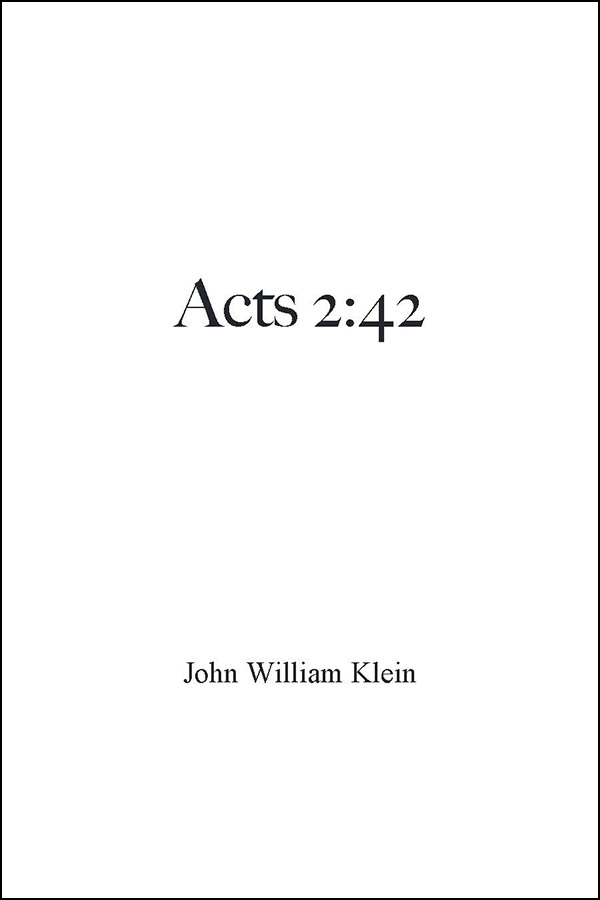Description
This little devotional tutorial stands very much in the historic Anglican tradition. Its intention is not to answer all faith questions but to pose essential questions as to what is most important in Christian faith and practice. Its starting place is Saint Luke’s brief description of the early Church:
And they devoted themselves to the apostles’ teaching and fellowship, to the breaking of bread and the prayers (Acts of the Apostles 2:42).
The four ingredients in this single verse constitute the primary facets of Saint Luke’s picture of the Apostolic Church. From them we can learn to bridge the millennia all the way back to the roots of the one, holy, catholic and apostolic church, and indeed come to see how they remain a standard for us in the Church today. We can see what Luke thought was at the very core of the Christian community’s life in those first days following the ascension of Christ, with her beginnings in Jerusalem and expansion throughout the then-known world.
Included in this rich little book are suggestions for structuring one’s personal devotions, brief forms of the Daily Office, and a brief instructed Eucharist.
The author, John William Klein, PhD, a priest of The Anglican Province of America, employs a method that examines Scripture, the tradition of “the holy Church throughout all the word,” and reason as guided by the Holy Spirit. All Biblical quotations are from the English Standard Version of the Bible (ESV). The Book of Common Prayer 1928 is mainly quoted, with occasional references to the Book of Common Prayer 2019.
The story begins with the apostles waiting in Jerusalem for Jesus’ promise of the baptism of the Holy Spirit. Thus, the theme of their entire work is set. The church will be empowered for mission by the Holy Spirit and will then in an ever-expanding mission take her witness of the good news to all people everywhere. The mission was clear: gather together as many people as would come into the Kingdom of God.
To slip oneself into the picture that St. Luke paints of the time and place—that is, the thinking and feeling of the earliest disciples, we need to know something of what led up to the Holy Spirit of God’s empowering them to go forward to turn the world upside down (Acts 17:6). Thus appropriate attention is given to some backstory—that literary device as old as storytelling that shows what preceded the larger narrative.


